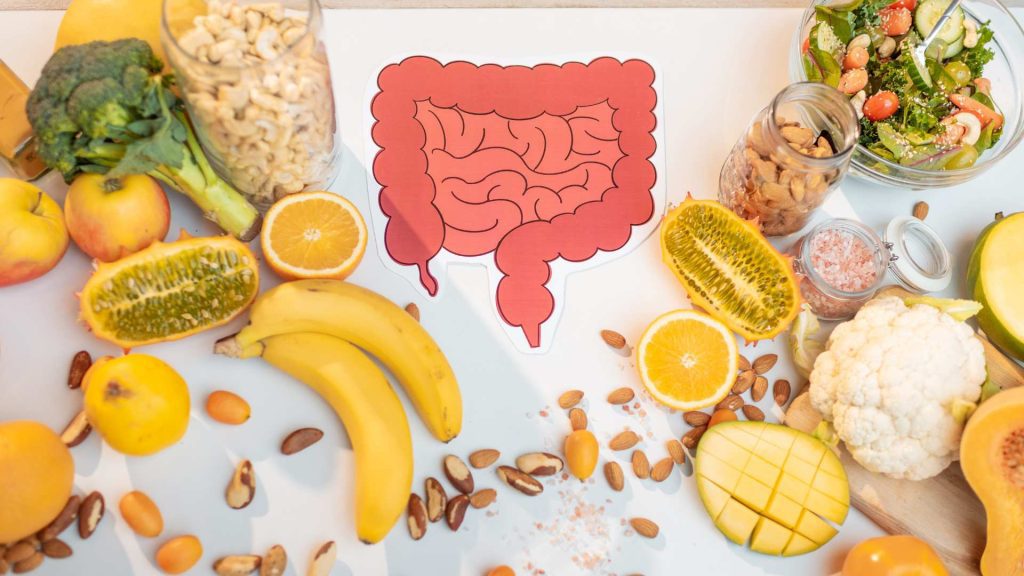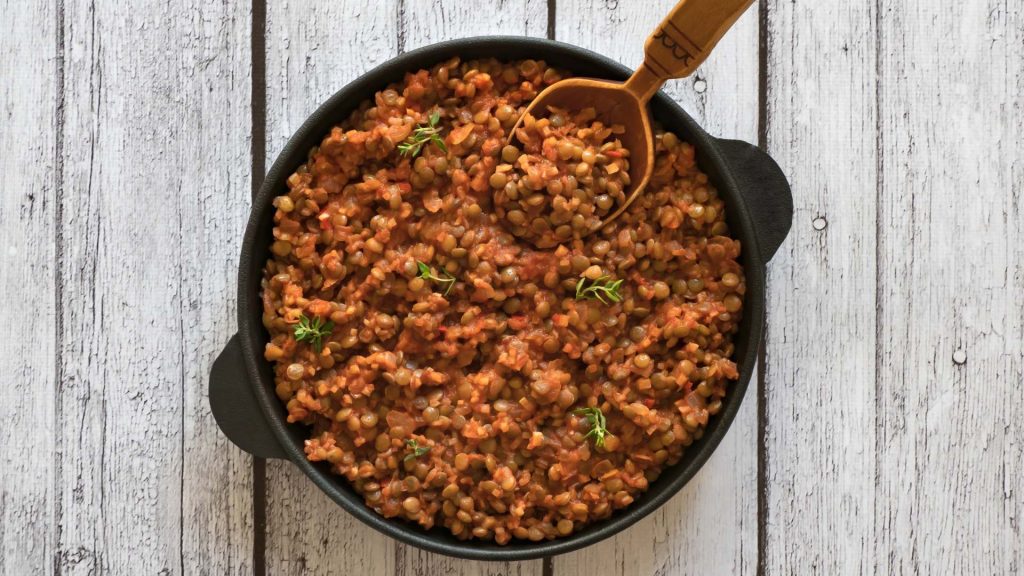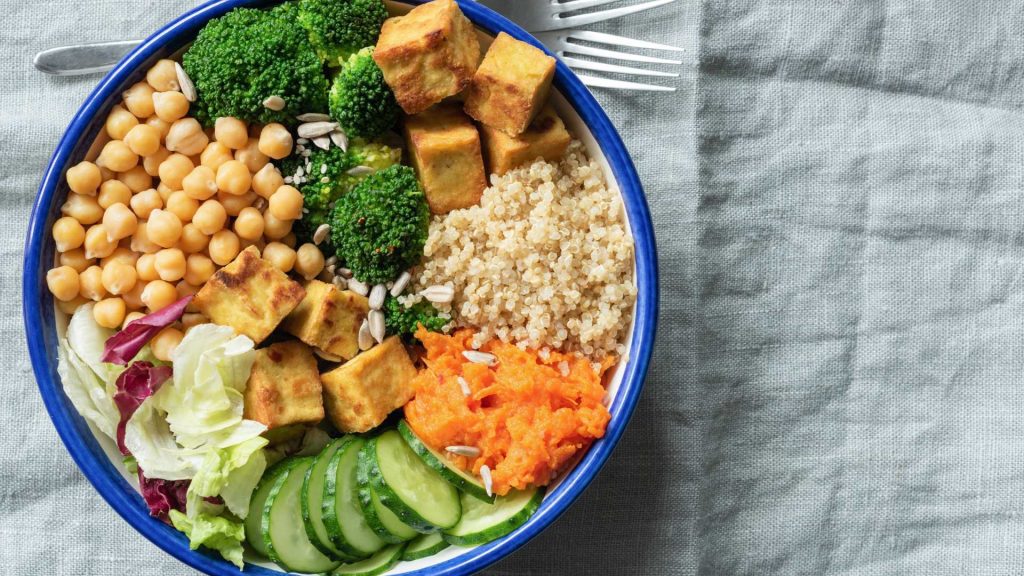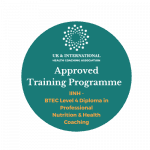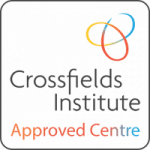The topic of fibre might not be thought about as much as proteins and fats but its role and importance within the diet is definitely underrated. So the question is ‘What is it?’
What is dietary fibre?
Dietary fibre (insoluble and soluble) is composed of the parts of plants, which cannot be completely broken down by human digestive enzymes. As a result, passes through the stomach and intestines almost unchanged. It may also be termed as ‘roughage’ and that probably sounds familiar to a lot of people, when told to eat more roughage to help ease the annoyance of constipation. Found abundantly in all plant-based foods such as beans, pulses, legumes, vegetables, fruits, nuts and seeds, there are so many ways to ‘sneak’ fibre into our diets.

What are the benefits of fibre and why is it so important?
Digestive health
Fibre is one of the factors that may help improve our overall digestive health. It can help to soften our stool and enlarge it. This may help to stretch and strengthen our colon, helping stools to pass through more easily and hopefully ease the discomfort which may be felt by constipation
Top tip: Important when increasing fibre intake, to also ensure an adequate intake of fluids like water, as fibre can act like a bulking agent;
Feeding our good bacteria
Fibre that isn’t digested by our body can travel down to feed the ‘good bacteria’ in the lower digestive tract. The more diverse array of fibre rich foods that we can include in our diet, the more we can help feed and cultivate a stronger community of beneficial bacteria in our lower digestive system. The fibres that feed our good bacteria and help create this healthy microbiome are sometimes known as prebiotics. Having a good population of bacteria in our gut may have numerous benefits for our overall health. Research is continuing to emerge on the benefits provided by these good bacteria, such as supporting our immune health. Definitely feels like it is worth keeping these microbes thriving!
Keeping our blood sugar balanced
Eating carbohydrates that are more refined and devoid of their fibre (e.g. mashed potatoes, white rice or white pasta) are more likely to raise our blood glucose levels quickly. Whereas consuming foods with the fibre component still intact (e.g. wholegrains and some vegetables/fruits) may help give a steady controlled rise of blood sugars, as they move much slower through the digestive tract. This may help both with energy levels and satiety by helping to avoid blood sugar ‘spikes’ where blood sugars rise and drop more quickly.
Top tip: This is not to say that we should avoid white grains altogether but by pairing these, with foods that are naturally higher in fibre such as beans/legumes/nuts/seeds/vegetables, we can still increase the fibre content of a meal/snack. E.g. a lentil bolognese served white pasta or a mix of white and brown (which I like to do). I like the nutty taste that comes from brown grains!
Are you eating enough? How to introduce more fibre into your diet?
Fibre intake from food sources is generally recommended to be at around 24 to 35 grams to help support a healthy digestion. The exact figure does vary a lot depending on the information source. As new research continues to emerge, we are learning more about fibre all the time.
Review your current meals
Look at how to add more fibre into your current meals, such as adding a tin of beans like chickpeas to your chicken curry, or some lentils to your Bolognese, adding in some berries, nuts/seeds to your breakfast cereal or porridge. Top tip: I like to stew some apple with a bit of cinnamon and add to porridge or use this on top of some natural Greek yogurt with some seeds of choice. This makes a yummy mid morning/afternoon snack or even a light breakfast on the run!
Try to eat with the seasons
Print off a chart of what foods are in season and see how to best include some of this lovely produce in your weekly meal planning. This can usually work out to be less expensive too!
Soups and Stews
Adding in some lentils/beans/legumes into your traditional stew or a tin of beans blended into a soup, which adds a lovely creaminess, as well as helping to increase fibre.
Salads
Adding some toasted nuts/seeds to a salad is a tasty way to increase fibre content, as well as adding a bit of extra protein, and some other nutrients. Bulk out salads by adding in different beans like chickpeas or topping of salad with hummus.
Wholefoods
The food we eat nowadays has seen a shift towards convenience-based foods, which seems to be a reflection of the busy modern lifestyle. Try opting for wholefoods, which are those that have not been processed or at least minimally processed. For example, this could include fresh vegetables and fruits, wholegrains (like oats and brown rice), nuts, seeds and legumes.
Top tip: When looking to increase fibre intake, it is best to eat the whole fruit/vegetable rather than juicing, as this can often get rid of a high proportion of their fibre content.
Foods that are high in Fibre can include:
- Grains such as barley, oats, buckwheat, millet, quinoa, brown rice, brown pasta and wholemeal couscous
- Wholegrain breads, rye bread/crackers and oatcakes
- Nuts and seeds (pumpkin, sunflower, chia and hemp)
- Fruit and vegetables
- Lentils and beans
Are you interested in learning more about how to support your digestion? Why not try our self-guided Digestive Health taster course.
